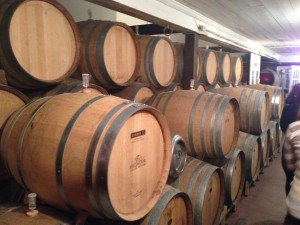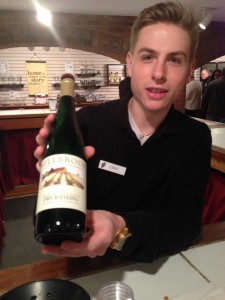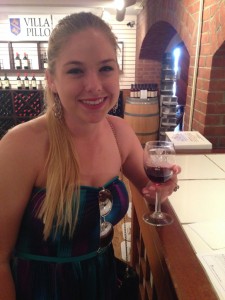Last week, I boarded the green line of the Metro North Railroad and embarked on a scenic train ride down the Hudson River to 14th street and 5th avenue. After emerging from the subway stop in the middle of Union Square park, I was greeted by many rows of colorful tents and farm stands occupied by equally colorful proprietors.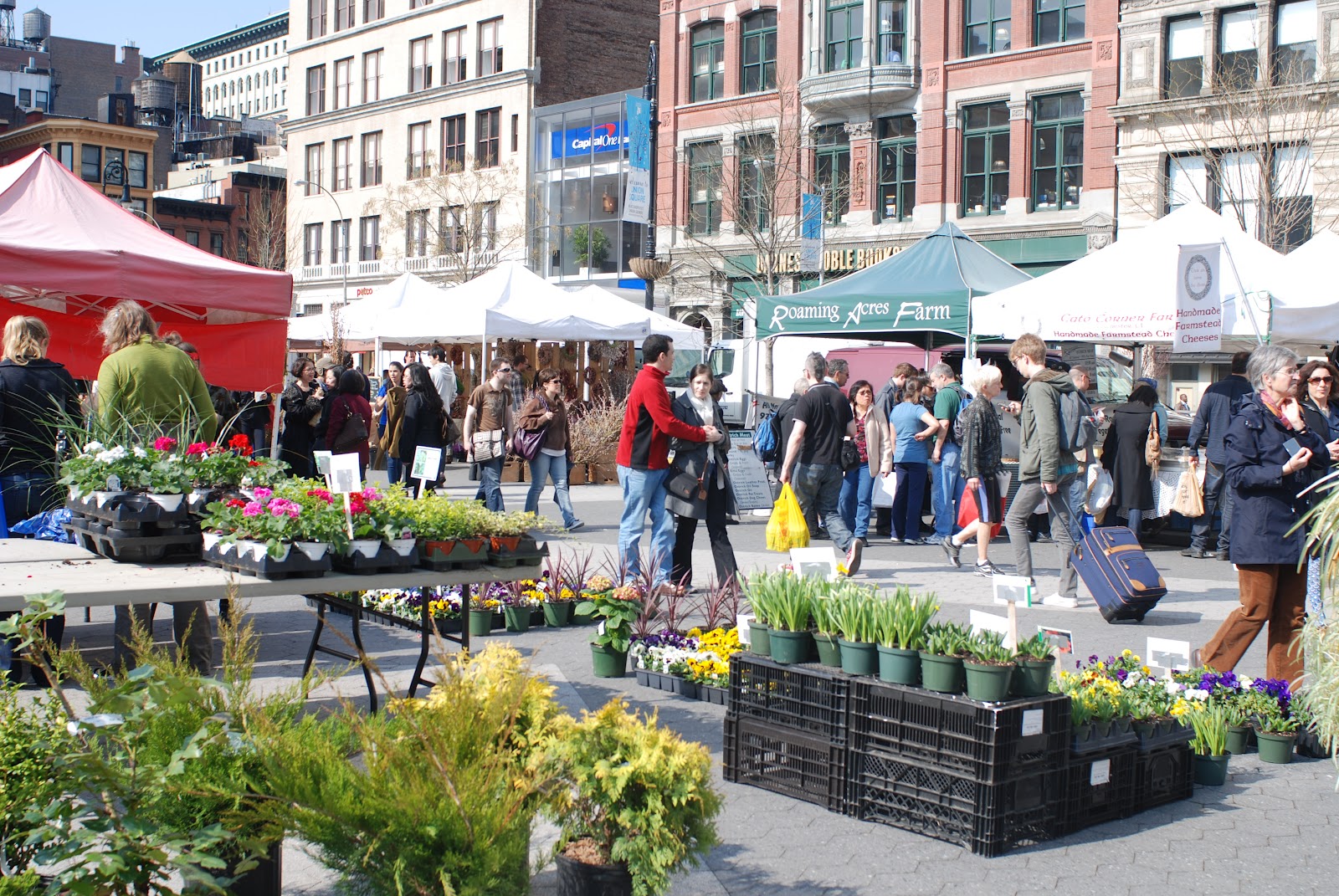
I initially took one cursory stroll down the main thoroughfare in order to waft the sweet smells of crisp produce and observe the diversity of local merchandise. The products varied from morning-baked muffins, specially-cured meats, home-made iced teas, and even freshly-potted plants! However, the main focus is obviously locally-grown fruits and vegetables. I conducted some secondary research on the Grown NYC website and learned that after its founding in 1976, the Greenmarket now boasts 140 regional farmers, fisherman and bakers and approximately 60,000 regular attendees. While the patrons are mostly local Manhattan and Brooklyn residents, some vendors travel from as far as Burlington, Vermont in order to participate in the exchange.
One such vendor was Chris Wheat from the Hudson Valley Duck Farm, whose agrarian surname pre-destined his tenure at the Greenmarket. Mr. Wheat told me that the 200-acre, cage-free operation, originally a chicken farm based out of Allenville, Pennsylvania, is now located in Ferndale, New York, and they’ve been doing business for close to 20 years. They specialize in Moulard ducks, but they also raise a special heritage breed called Lola. Not surprisingly, their main commodities are various duck meats (breasts, legs, sausage, bacon, salami, prosciutto), but they also export value-added products like rendered duck fat and foie gras.
I also spoke with Lou from Roaming Acres Farm in Montclair, New Jersey, whose idiosyncratic focus is ostrich meat. Although this exact business was founded in 2005, its primary owner Todd, has been in the meat industry for 15 years. Like Mr. Wheat’s duck farm, their feed is notably 100% vegetarian, and their output varies from standard cuts of ostrich meat to eggs, leather, oil and even soap! Lou particularly sold me on his ostrich jerky, asserting that it was both higher in iron than beef and lower in fat than chicken without its skin. I tried a little of this red meat poultry for myself, and it was indeed very delicious.
These two merchants numbered among dozens of different farmers and artisans that constitute Wednesday’s market. However, on other days of operation, there is an entirely different cast of characters offering their unique, local merchandise, so I would encourage all enthusiasts of local agriculture to hop on a train to the city and check it out!
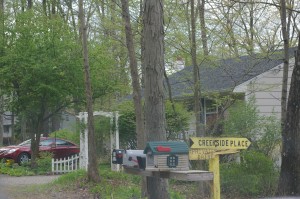

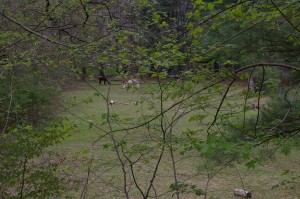

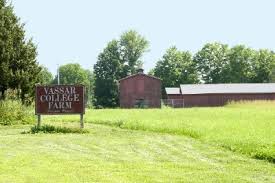
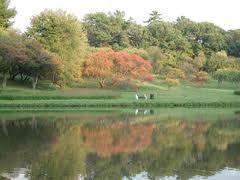
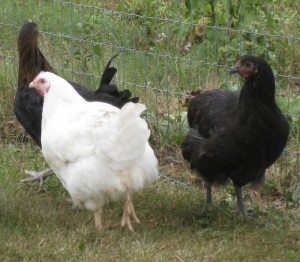

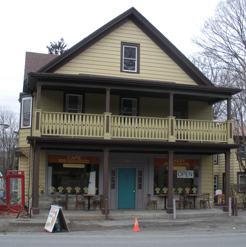
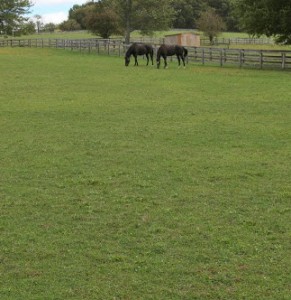


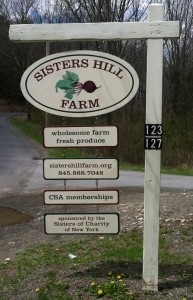 This Sunday I visited Sisters Hill Farm, a CSA in Stanfordville, Dutchess County. The farm was founded by the
This Sunday I visited Sisters Hill Farm, a CSA in Stanfordville, Dutchess County. The farm was founded by the 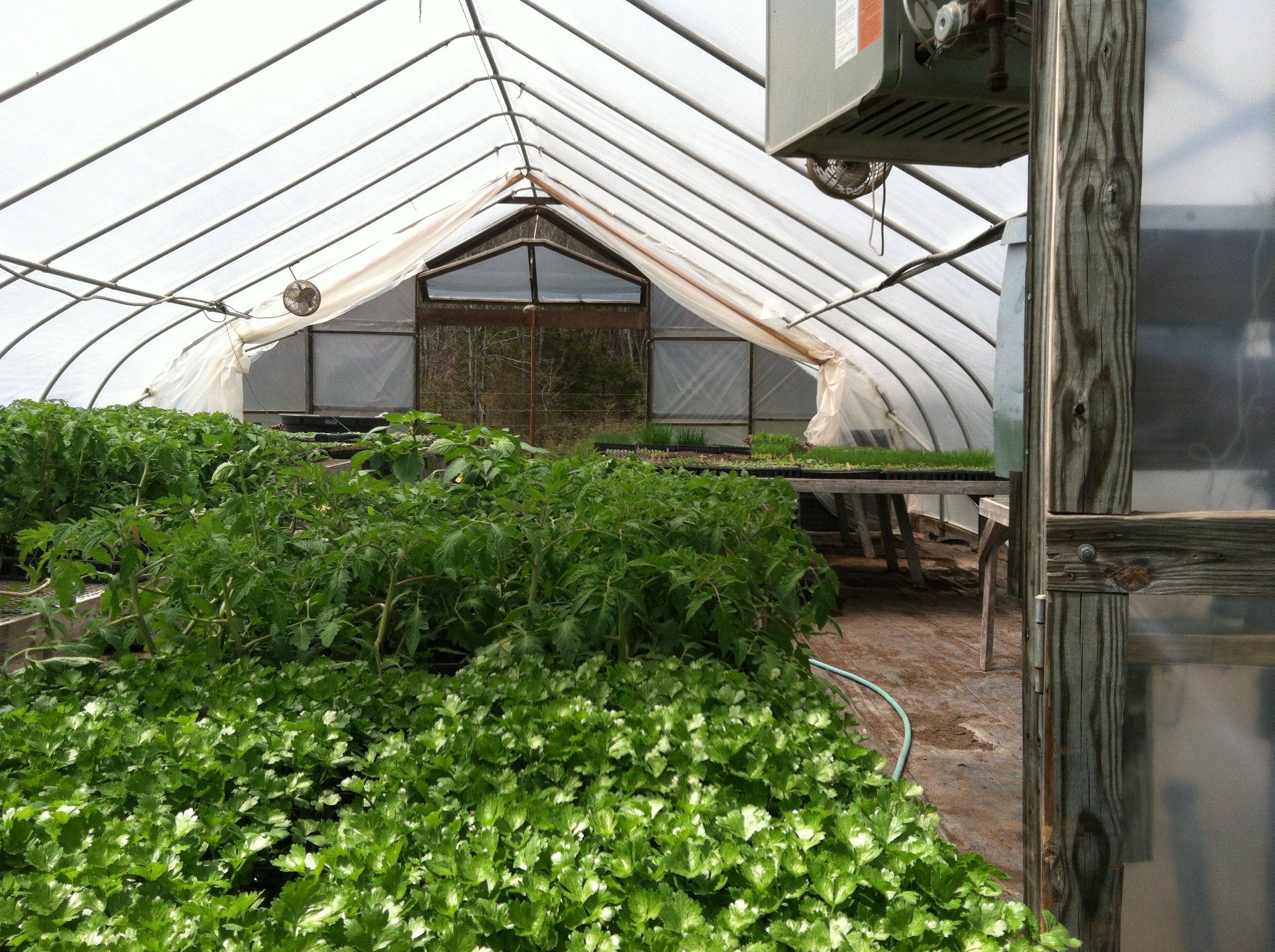


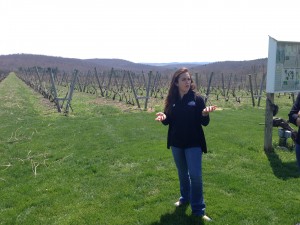 On a sunny Saturday, I took the opportunity to visit Millbrook Vineyards and Winery, a relaxing spot many weekenders from New York City tend to patron. For just $11, a visitor can taste 6 of their portfolio wines and get a behind the scenes tour of the operation. With a tasty restaurant upstairs and the summer season approaching, the winery hosts a variety of events for every interest, ranging from jazz nights to a 5k fun run. Now open 7 days a week and offering a tour/tasting combo every half hour, it’s a classy getaway from the bustle of the towns in the area, and a great drive into the countryside of the Hudson Valley.
On a sunny Saturday, I took the opportunity to visit Millbrook Vineyards and Winery, a relaxing spot many weekenders from New York City tend to patron. For just $11, a visitor can taste 6 of their portfolio wines and get a behind the scenes tour of the operation. With a tasty restaurant upstairs and the summer season approaching, the winery hosts a variety of events for every interest, ranging from jazz nights to a 5k fun run. Now open 7 days a week and offering a tour/tasting combo every half hour, it’s a classy getaway from the bustle of the towns in the area, and a great drive into the countryside of the Hudson Valley.